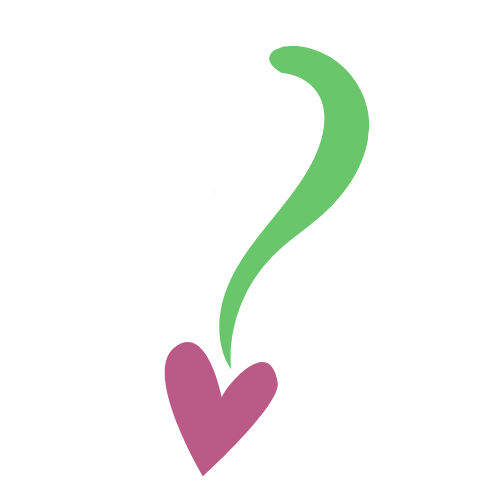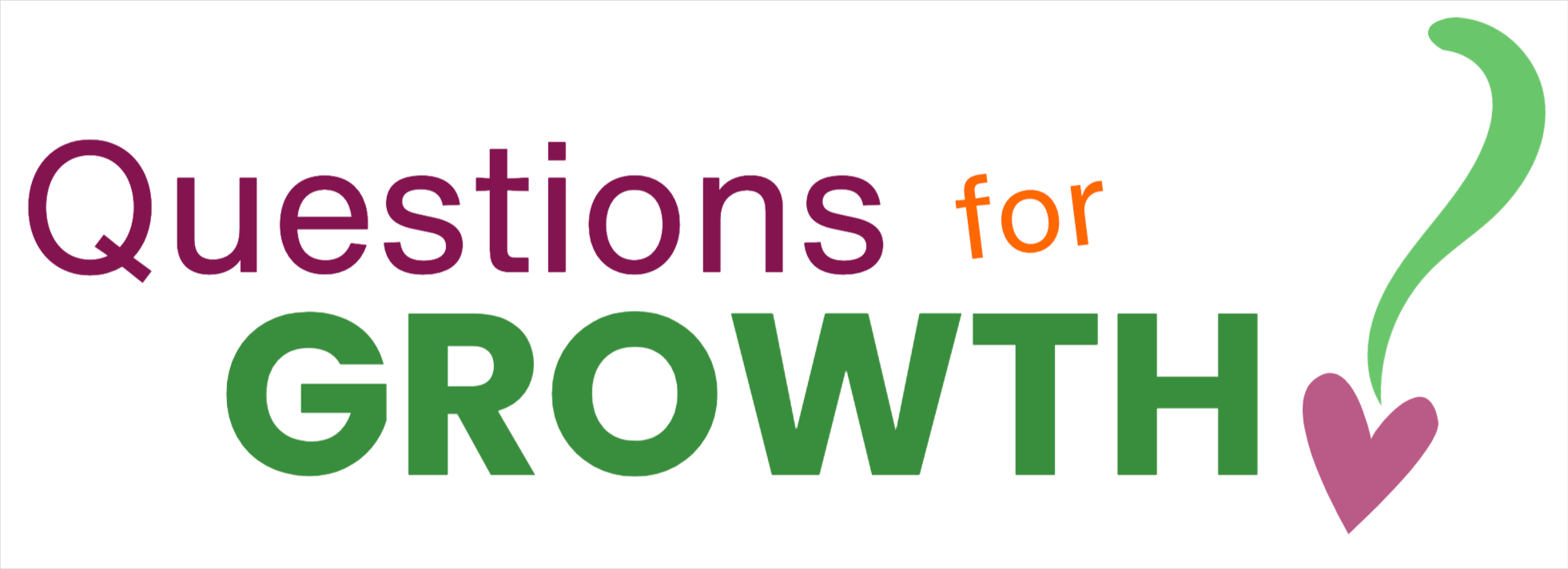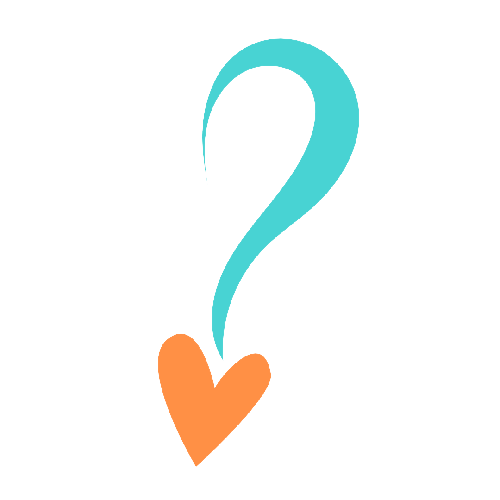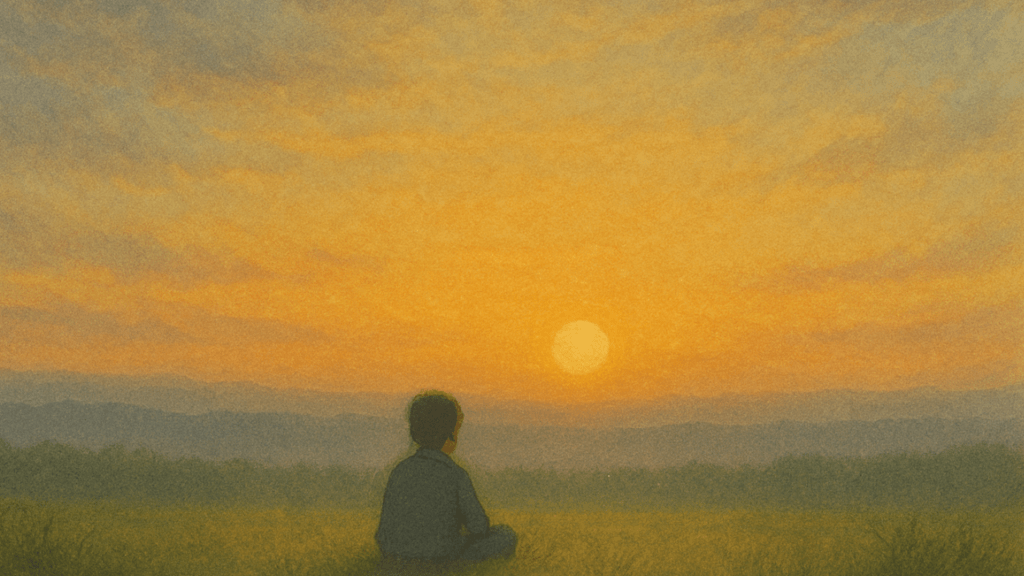Have you ever really wanted something — a toy, a new game, or special shoes — and then, once you finally got it, it didn’t make you as happy as you expected? You’re not alone! Grown-ups feel this way too. The truth is, figuring out what really makes us happy is one of life’s biggest and most important questions.
Lesson Summary
This story invites us to slow down and think more carefully about what we want. Sometimes we wish for things — like skateboards, glow-in-the-dark stars, or fancy gadgets — but when we get them, the excitement fades. Why? Because our brains can trick us!
-
We change over time. What made us happy last year might not now.
-
Reality is different from imagination. Some things seem more fun in our heads.
-
Other people influence us. We want what our friends or adverts tell us to want.
Philosopher Simone de Beauvoir taught that the best kind of happiness comes from being free to make your own choices — not just following others. She believed what we really want isn’t “more stuff” but time and freedom: time to do what we love, and freedom to be ourselves.
Rationale
This lesson helps children explore intrinsic motivation — finding joy from within rather than from possessions or others’ approval. Research in self-determination theory (Ryan & Deci, 2000) shows that people feel happiest when they experience autonomy (freedom), competence, and connection with others. Teaching children to reflect before they chase new wants builds self-awareness, a key skill in social-emotional learning (CASEL framework).
Reflection Prompts
-
Have you ever wanted something that didn’t make you as happy as you hoped?
-
What do you think makes people truly happy?
-
How can you tell the difference between what you want and what others want for you?
-
What helps you feel free to make your own choices?
🏫 Good Citizens Club Lesson Plan: “What Do You Really Want?”
Age Group: 8–12
Duration: 30 minutes
Resources: Paper, pencils, whiteboard (optional)
Starter (5 min): “Dream Wish List”
Ask students to quickly write down three things they’d love to have or do right now. Then ask: “How do you think you’d feel if you got all of them?” Collect a few answers — happy, excited, proud, etc.
Main Activity (15 min): “Reality Check Detective”
-
In pairs, choose one item or wish from their lists.
-
Discuss what might happen after the excitement wears off. Would it still make them happy? Why or why not?
-
As a class, list reasons why our wishes sometimes disappoint us (e.g., it’s not what we expected, we’ve changed, we wanted it because of friends or adverts).
-
Introduce Simone de Beauvoir: share her idea that real happiness comes from freedom — doing what truly belongs to you.
-
Ask students to draw or write one thing that gives them that kind of happiness (e.g., time with friends, being outdoors, creating something).
Discussion (8 min): “Finding What’s Yours”
Guide the class through a short discussion:
-
Why do adverts try to make us want things?
-
What kinds of happiness last longer than “getting stuff”?
-
How can you tell when you’re making a choice that’s really yours?
Plenary (3–5 min): “Pause and Ask”
End with a reflection:
“Next time you really want something, pause and ask — do I truly want this, or do I just think I do?”
Invite students to share one “freedom wish” — something that gives them happiness without needing to buy anything.
💬 Discussion Questions
-
Why do you think we sometimes feel disappointed after getting something we really wanted?
-
What kinds of things make you happy that don’t cost money?
-
How do other people (friends, adverts, family) influence what you want?
-
What do you think Simone de Beauvoir meant by “freedom”?
-
How can you learn to make choices that really belong to you?
-
What’s one way you can check if a wish is truly your own?



